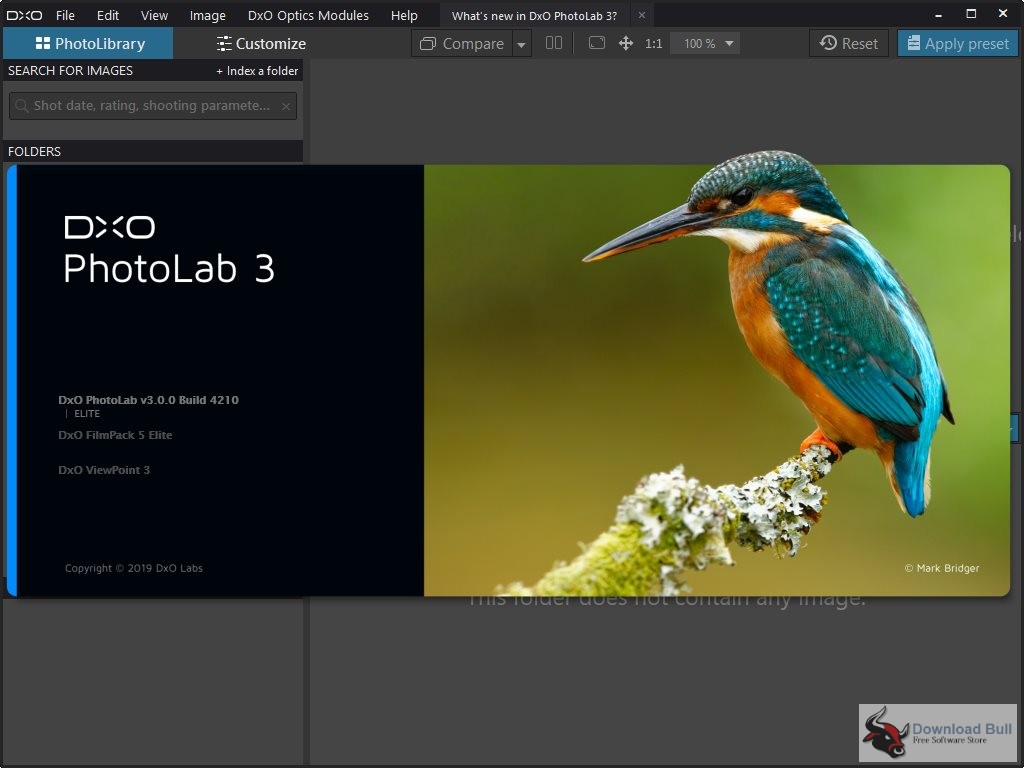
In 2008, when Ron Sims was King County executive, he launched the equity and social justice initiative.
#Dxo viewpoint 4 professional#
These are things I’ve learned and engaged in my professional career. At the same time, by involving the students, we’re investing upstream-preparing a new generation to handle real-world systemic injustices after graduation. They can help organizations outside of campus get to the root causes of disparities. Professors should be out in the community more putting their expertise to practical use. Sometimes the University can be a city unto itself. The UW can do its part by helping businesses and organizations bring in people who, through their own experience, can help us all discover better ways to do things. But I believe that in nearly every project, there should be a place for people who have first-hand experience with inequity. Something I hear all the time in the work I do around government structures is that usually those who are closest to the pain and to the solution are furthest from the power to make the change. In my job and in the public service I do, I’m an implementer of equity. I also serve on the Tukwila City Council, a position I have held since 2008.

Today I work for King County Metro Transit. After graduation, I worked on several political campaigns and started my career in the public sector. Through my studies and experiences, I was drawn to public service. You have to have a practicum and provide students with hands-on engagement with equity work and people with lived experiences. I realized that when it comes to advancing equity, you have to move away from just discussing theory and reviewing studies. It was like the University was missing some steps. None of the teaching assistants were people of color. Popular and influential professors like Al Black did not have tenure, and that was noticed by the students. By contrast, at the UW, our sociology studies were about people observing African American children and writing about their behaviors rather than developing programs to help them achieve. I remember once when John Lewis walked in to my history class and said he was proud of us and there to support us. At Morehouse, incredible leaders from the Civil Rights Movement would visit my classes. There were many differences between the two schools.

I wanted to leave a space for them, so I came back to the University of Washington to finish college. Those are the things that woke me up.īut I have three brothers, and going to a private school across the country is expensive.

I walked the same pathways so many icons like Dr. I experienced so many wonderful things-the culture, the bands marching down streets named after icons of the Civil Rights movement.
#Dxo viewpoint 4 how to#
I learned how to take the ideas I encountered back to my home community. I had my dream of being surrounded by the African American community, the experience of being in the majority. Fortunately, I found a great sociology professor who challenged me, and I earned the grades that helped me get into Morehouse. I felt my instructors had low expectations of me. So, in my first year, I took the opportunity to go to the UW to improve my SAT scores.Īt the UW, the community was big, but it wasn’t that diverse. But being a late bloomer, I didn’t have it all together. I wanted to have the experience of being embraced and surrounded by my culture while attending college. I was inspired to go to a historically Black college or university (HBCU).


 0 kommentar(er)
0 kommentar(er)
